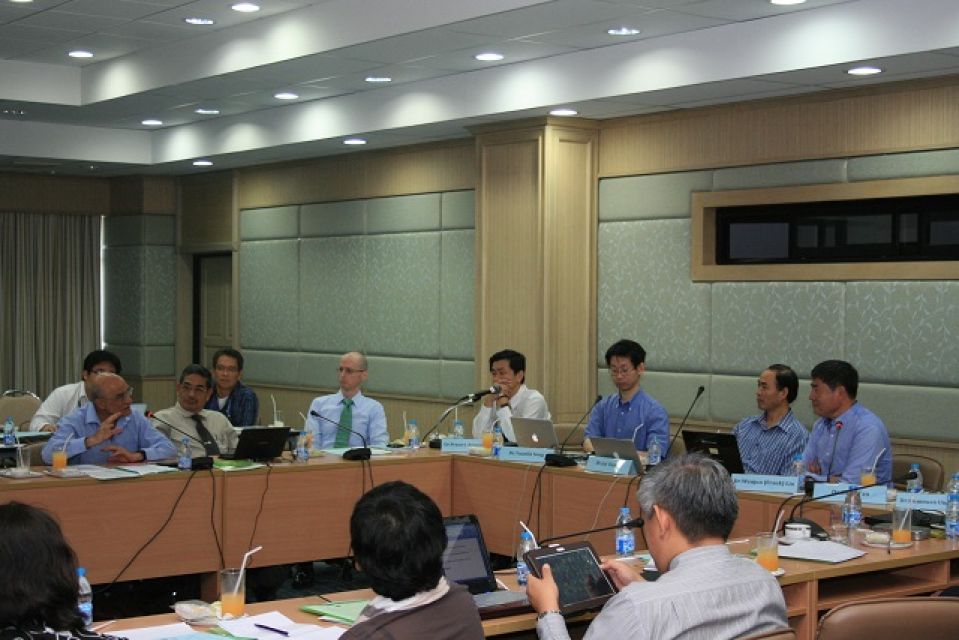
dsc0058(mod).jpg
(88.8 KB) | 
dsc0061(mod).jpg
(67.6 KB) |

dsc0075-1(mod).jpg
(103.7 KB) | 
dsc0085(mod).jpg
(25.1 KB) |

dsc0098(mod).jpg
(102.2 KB) | 
dsc0102(mod).jpg
(89.7 KB) |

dsc0108(mod).jpg
(79.8 KB) | 
dsc0125(mod).jpg
(69 KB) |

dsc0126(mod).jpg
(79.2 KB) | 
dsc0130(mod).jpg
(80 KB) |

dsc0132(mod).jpg
(79.7 KB) | 
dsc0139(mod).jpg
(86.4 KB) |

dsc0140(mod).jpg
(96.4 KB) | 
dsc0146(mod).jpg
(84 KB) |

dsc0164(mod).jpg
(65.5 KB) | 
dsc0169(mod).jpg
(96.5 KB) |

dsc0173(mod).jpg
(75.8 KB) | 
dsc0181(mod).jpg
(50.5 KB) |

dsc0182(mod).jpg
(92.8 KB) | 
dsc0191(mods).jpg
(90.5 KB) |

dsc0218(mod).jpg
(101.4 KB) |






















